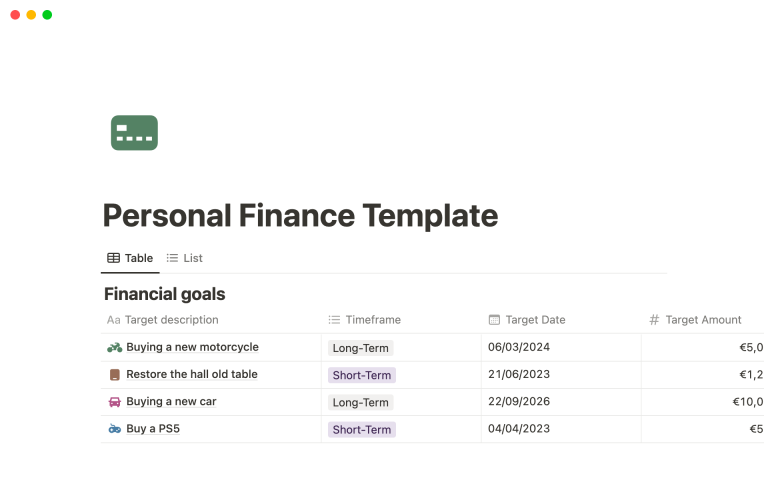As a new business owner, diving into the world of finance can feel like navigating a maze without a map. It’s easy to become overwhelmed by the sheer volume of information and the various paths you could take. However, understanding the small business finance basics is crucial for your success. From keeping an eye on your cash flow to developing a solid budget, every decision counts. So, let’s break down some of these essential concepts that can help you thrive and grow your business.
Understanding Small Business Finance Basics
When you embark on your entrepreneurial journey, having a grasp of small business finance fundamentals isn’t just a good idea—it’s necessary. The first step in mastering small business finance basics is familiarizing yourself with key financial statements: the balance sheet, income statement, and cash flow statement. Each of these documents provides unique insights into your company’s financial health.
The Balance Sheet: A Snapshot of Your Assets and Liabilities
The balance sheet is often referred to as a “snapshot” of your business at a particular point in time. It lists all of your assets—what you own—and your liabilities—what you owe. Understanding this statement helps you assess your net worth and make informed decisions about your future financial planning. A healthy balance sheet indicates that your business is stable and that you’re managing your finances responsibly.
The Income Statement: Tracking Profitability Through Revenue and Expenses
Next up is the income statement, which outlines your revenue, expenses, and profits over a specific period. For small business owners, becoming familiar with income statements is key to understanding profitability. By regularly reviewing your income statement, you can spot trends, evaluate your financial performance, and make necessary adjustments to enhance profitability.
Cash Flow Management: The Lifeline of Your Business
Perhaps one of the most critical aspects of small business finance basics is cash flow management. Cash flow is the movement of money into and out of your business, and maintaining a positive cash flow is vital for sustained growth. You might have a fantastic product, but if your cash flow runs dry, it could jeopardize your operations.
Creating a Cash Flow Forecast
Implementing a cash flow forecast allows you to anticipate cash shortages and plan accordingly. By projecting your cash inflows and outflows, you can make informed decisions on when to invest or cut back on expenses. Consider reviewing your forecast regularly and making adjustments as your business evolves. Remember, proactive cash flow management can mean the difference between success and failure for small businesses.
Visualizing Small Business Finance Basics

This infographic summarizes the essential concepts of small business finance that you need to keep in mind as you navigate your entrepreneurial path. It encapsulates key points about fund management and financial awareness, making these basics more accessible.
Budgeting: A Crucial Tool for Small Business Financial Stability
A budget is not just a set of arbitrary numbers pulled from the air; it’s a vital component of small business finance basics. Crafting a budget provides you with a road map for your business’s financial journey. By laying out expected revenues and expenditures, you create a framework for making informed financial choices. The goal is to ensure that you have enough cash to keep the lights on and pay your employees while also setting aside funds for future growth.
Setting Up Your Budget
Start by gathering historical data, including past revenues and expenses. Next, account for fixed costs—these are your commitments like rent and utilities—and variable costs, which may fluctuate each month. Finally, factor in projected revenue based on expected sales. Regularly revisit and revise your budget to reflect changing conditions in your business and the market.
Why Financial Literacy is Key for Entrepreneurs
Finance basics for small businesses extend beyond financial documents and budgets; they also involve the personal finance literacy of the owners. When you understand the language of finance, you’re better equipped to make smart decisions. Take time to educate yourself on financing options, investment strategies, and risk management. The knowledge you’ve gained will serve you well as you face the challenges of running a business.
Financing Options for Small Businesses
Once you’ve grasped the small business finance basics, you might find yourself in need of external financing to grow your business. Understanding available financing options is vital to keeping your financial strategy sound.
Traditional Loans vs. Alternative Financing
Traditional financing options, such as bank loans, often come with lower interest rates but can be hard to secure for newer businesses. Conversely, alternative financing methods—like peer-to-peer lending, crowdfunding, and small business grants—could provide quicker access to funds, though often at a higher cost. It’s essential to weigh the pros and cons of each option as it relates to your specific situation and business goals.
The Role of Interest Rates and Terms
When opting for financing, be sure to pay attention to interest rates and loan terms. They play a significant role in how much you will eventually pay back. Understand the total cost of your loan and how monthly payments will affect your cash flow. Comparing interest rates from multiple sources will give you a clearer view of your options.
Building a Financial Safety Net
A robust financial safety net can help mitigate risk and provide peace of mind. Small business owners should consider setting aside a separate financial reserve to cover unforeseen expenses or emergencies. When you have savings set aside, you reduce the chances of your business facing severe disruptions.
How to Establish Your Reserve Fund
Start small. Determine an amount that you can contribute to a reserve fund each month without straining your business finances. Whether it’s $100 or $1,000, every little bit counts. Over time, these contributions will accumulate, creating a cushion for any financial setbacks you might encounter.
Revisiting Your Financial Plan
Your financial plan shouldn’t be a static document; it should evolve as your business grows. Regularly revisit your strategy to ensure it reflects your current situation. This ongoing assessment will help you stay aligned with your financial goals and make adjustments that respond to external factors affecting your business.
In conclusion, mastering small business finance basics is vital for anyone venturing into the world of entrepreneurship. The ability to read financial statements, manage cash flow, create realistic budgets, and educate yourself on financial literacy empowers you to make informed decisions. Remember, the financial path may be winding, but with a solid understanding of the fundamentals, you’ll be well-equipped to navigate the challenges ahead. Each step you take towards financial literacy and management strengthens the foundation of your business, paving the way for future success.


